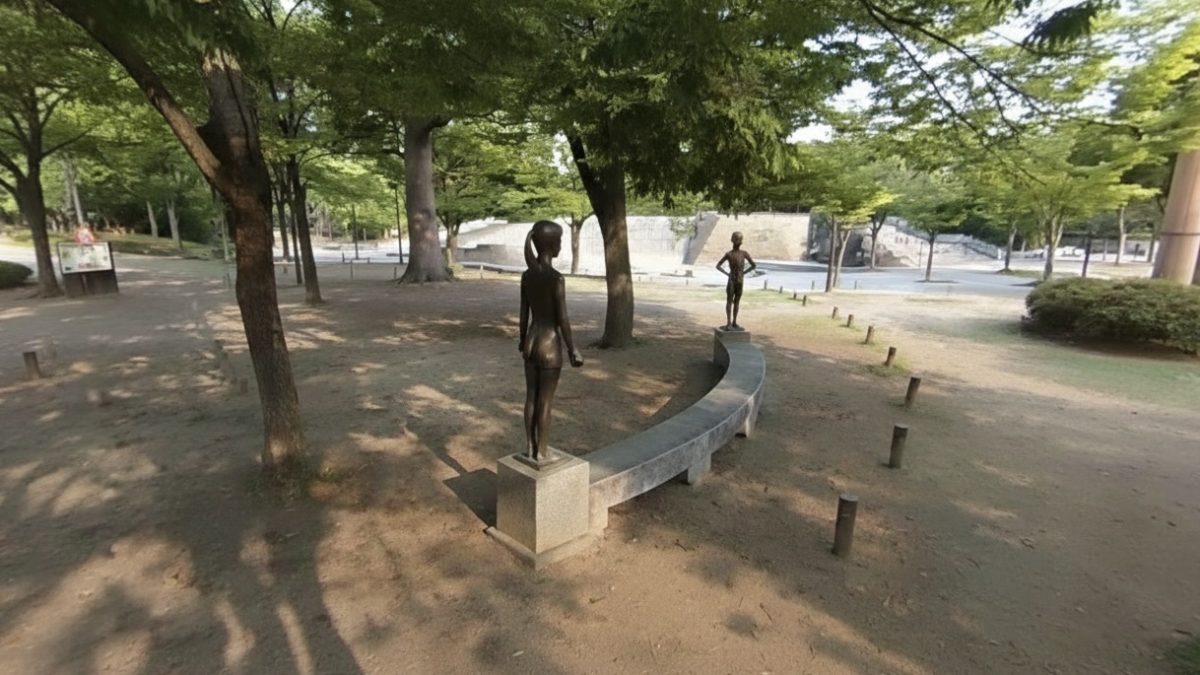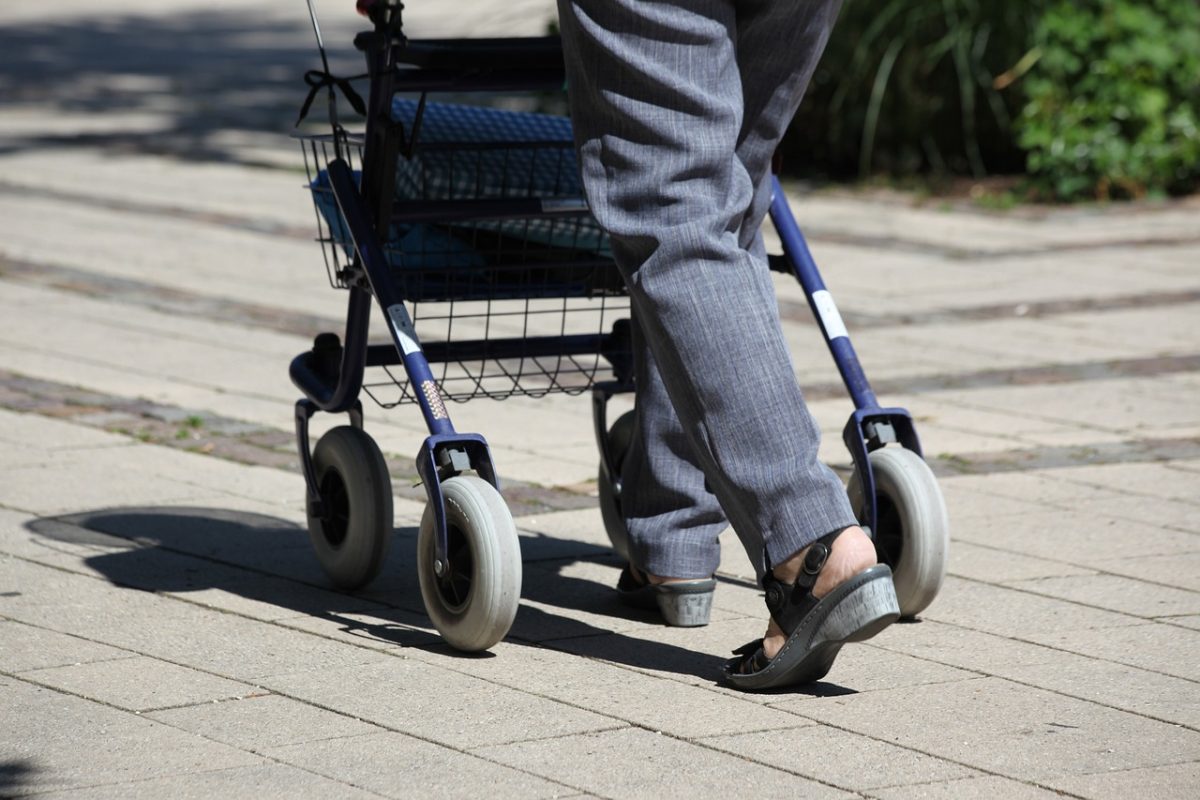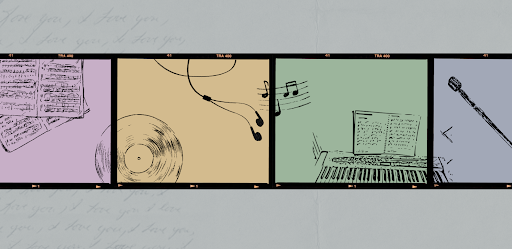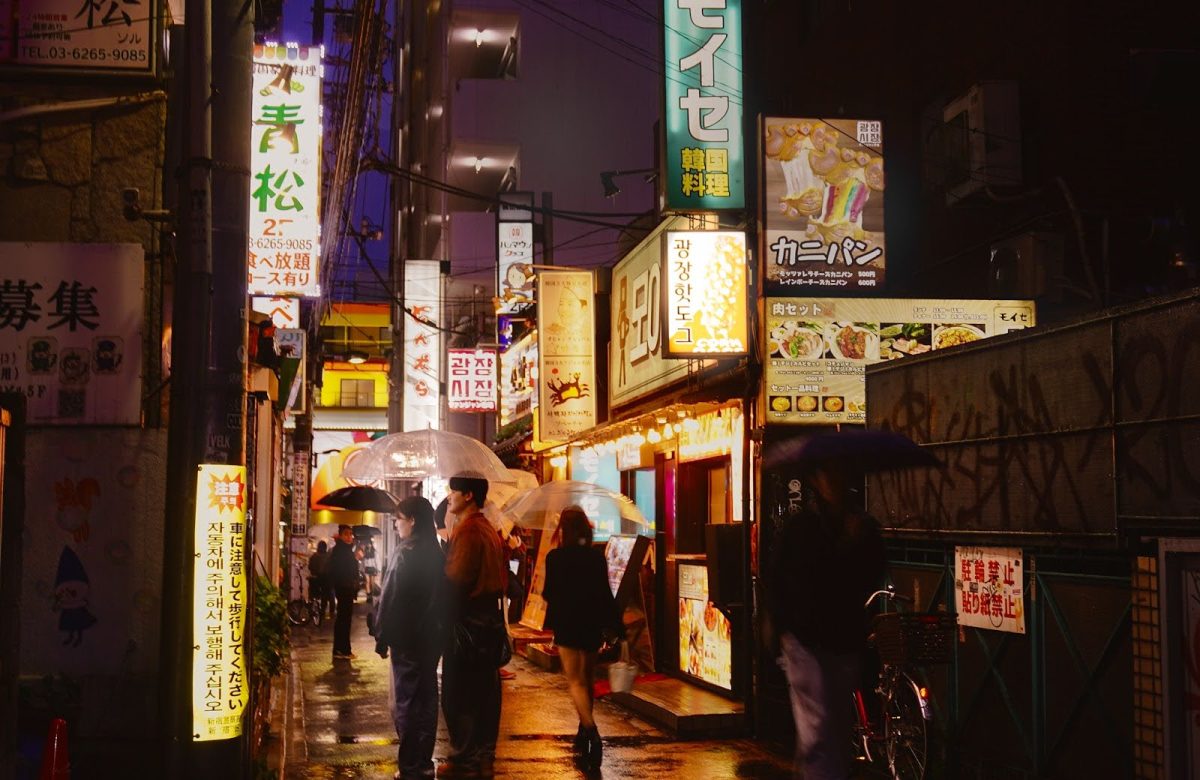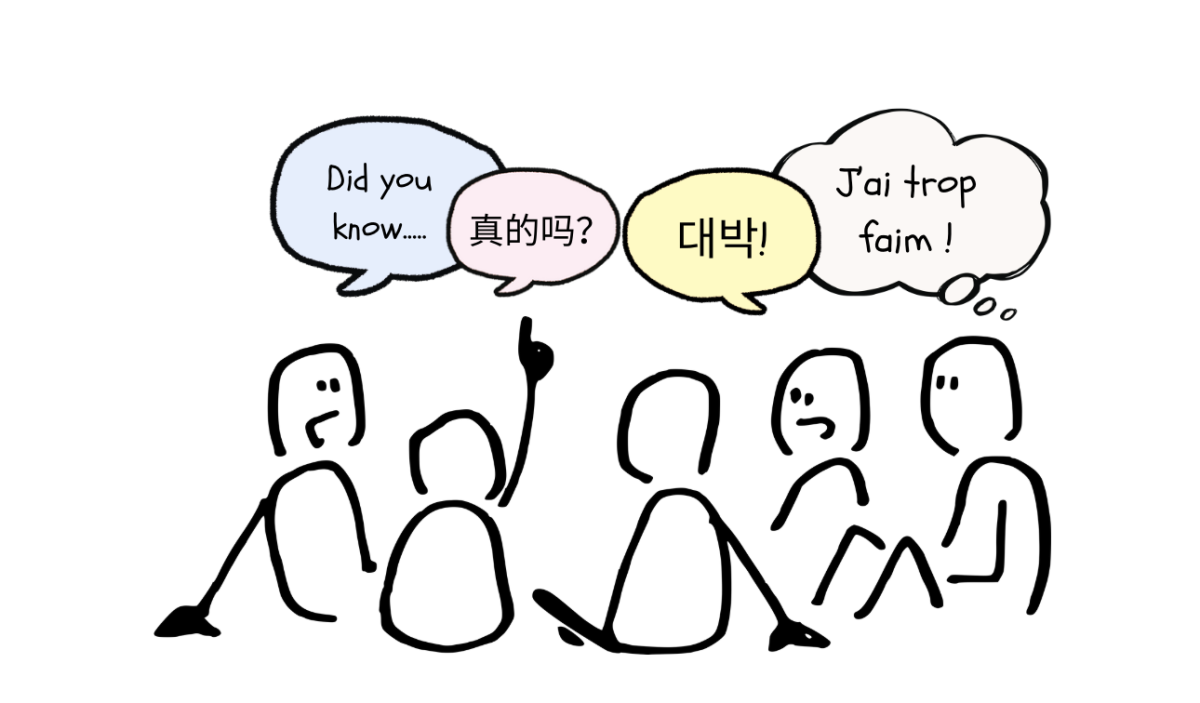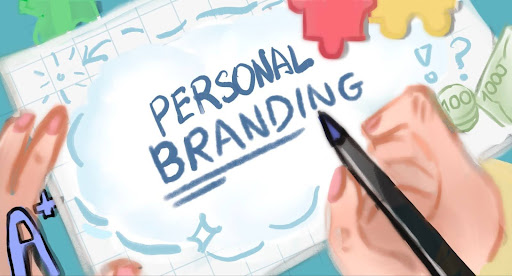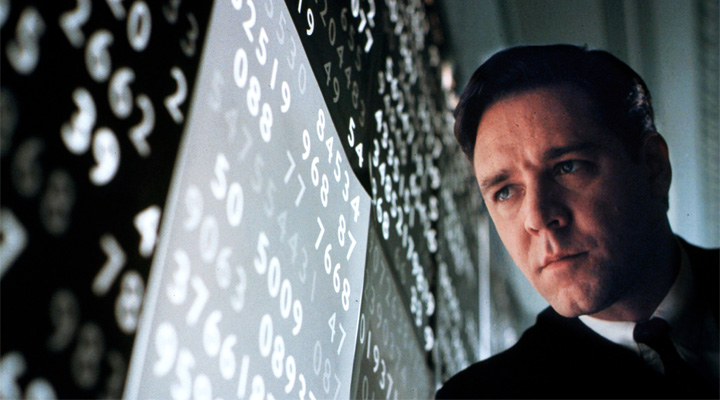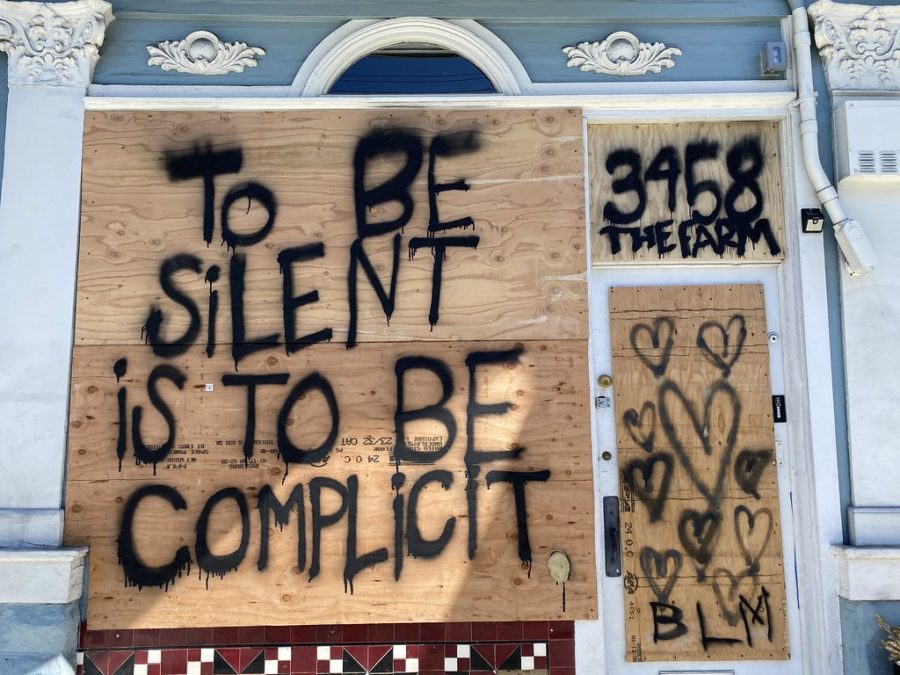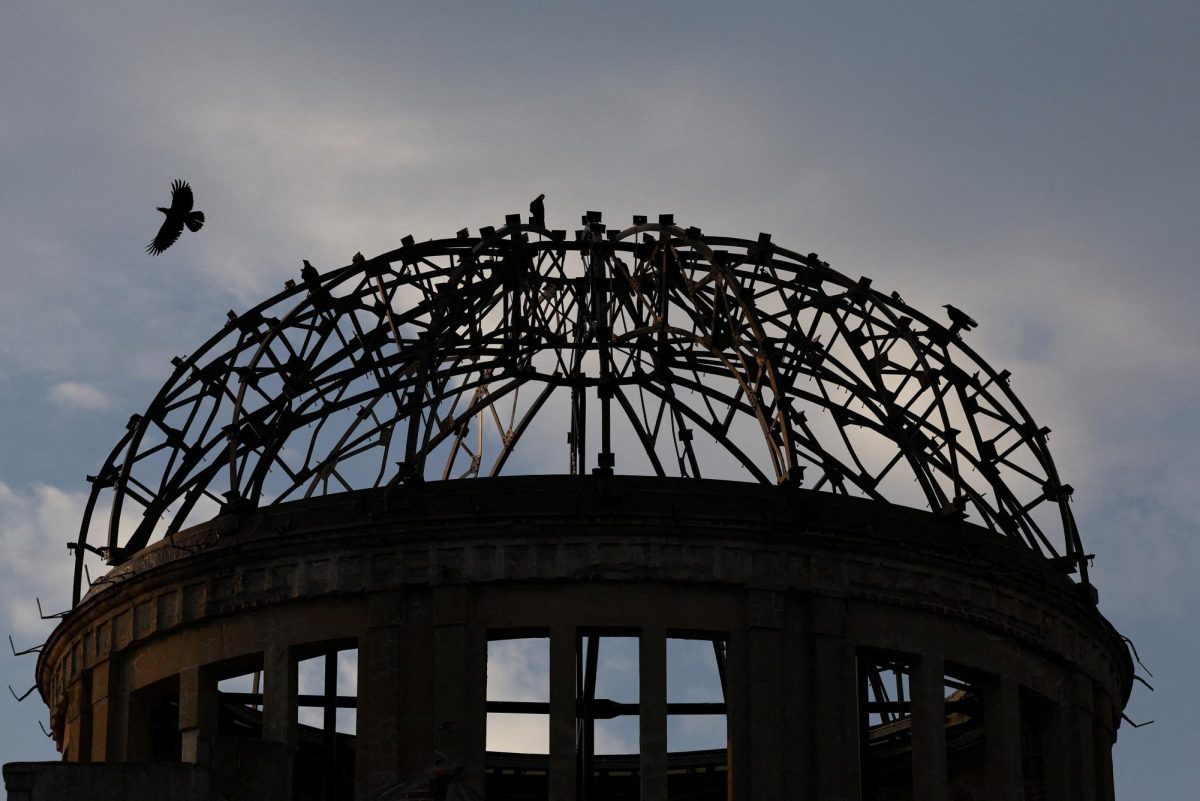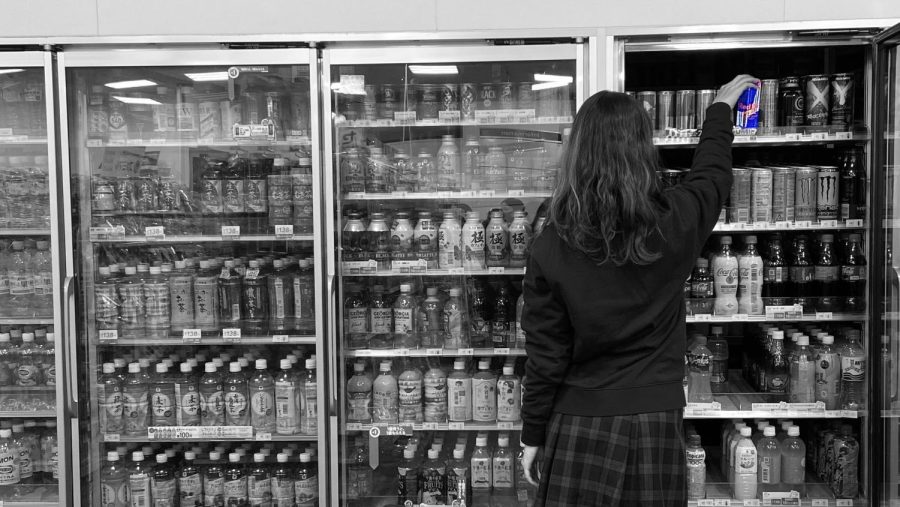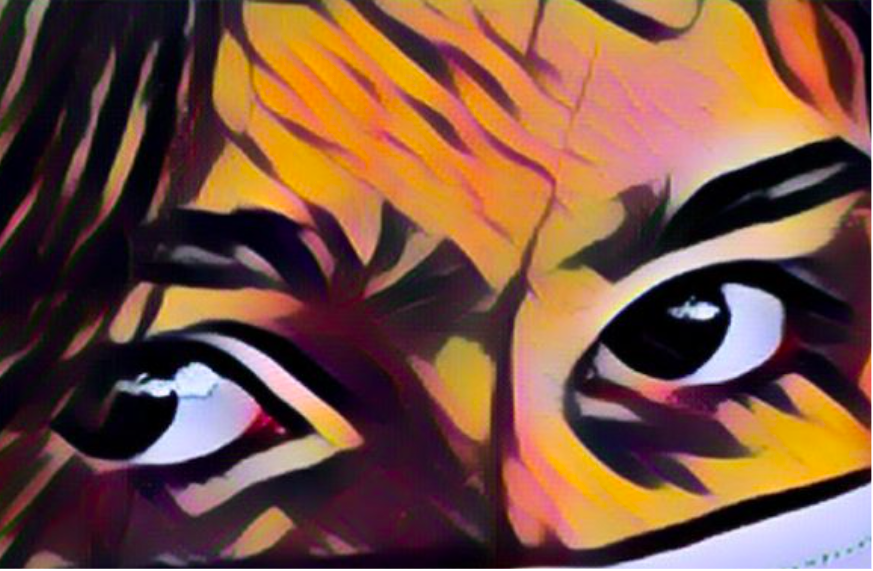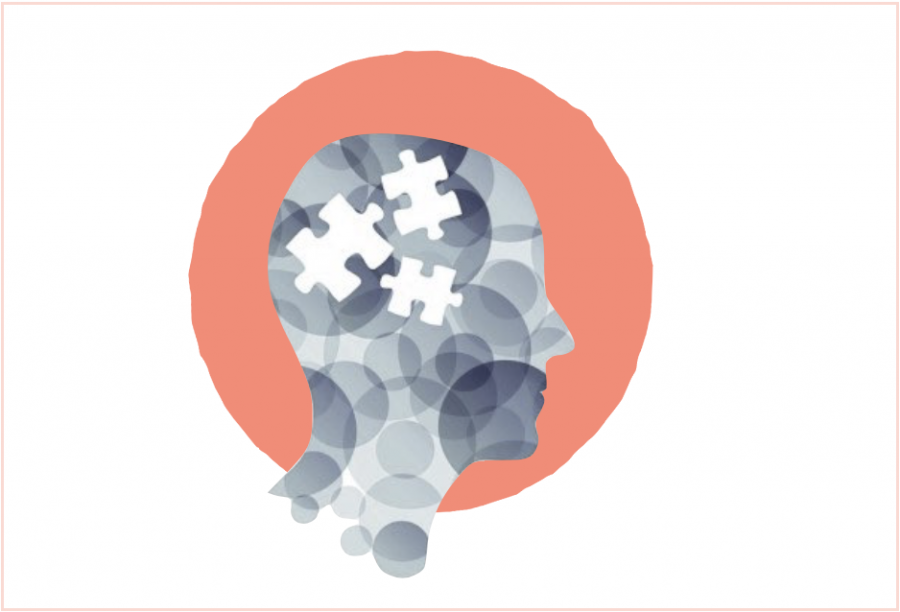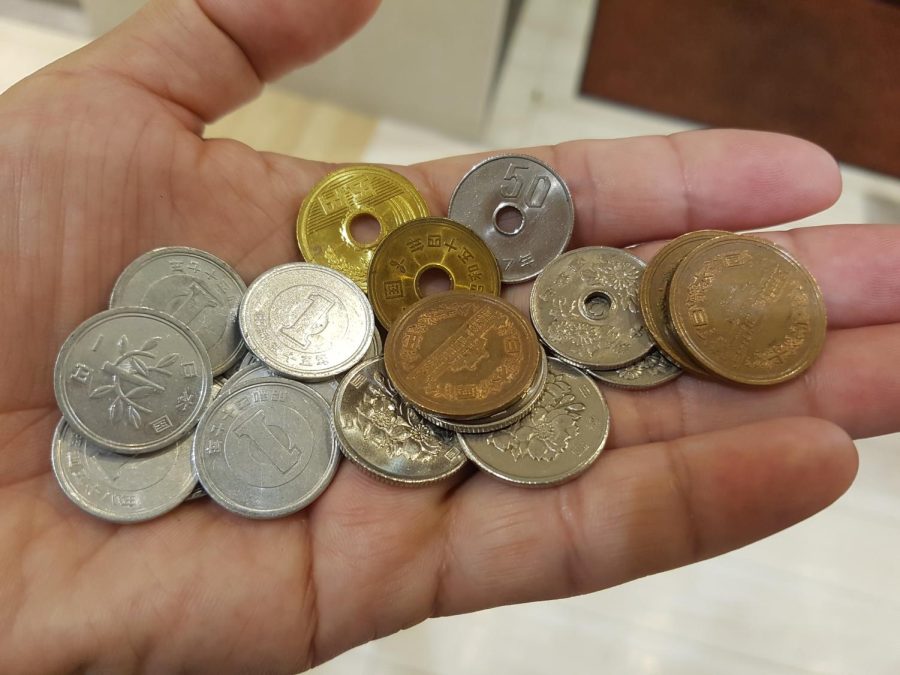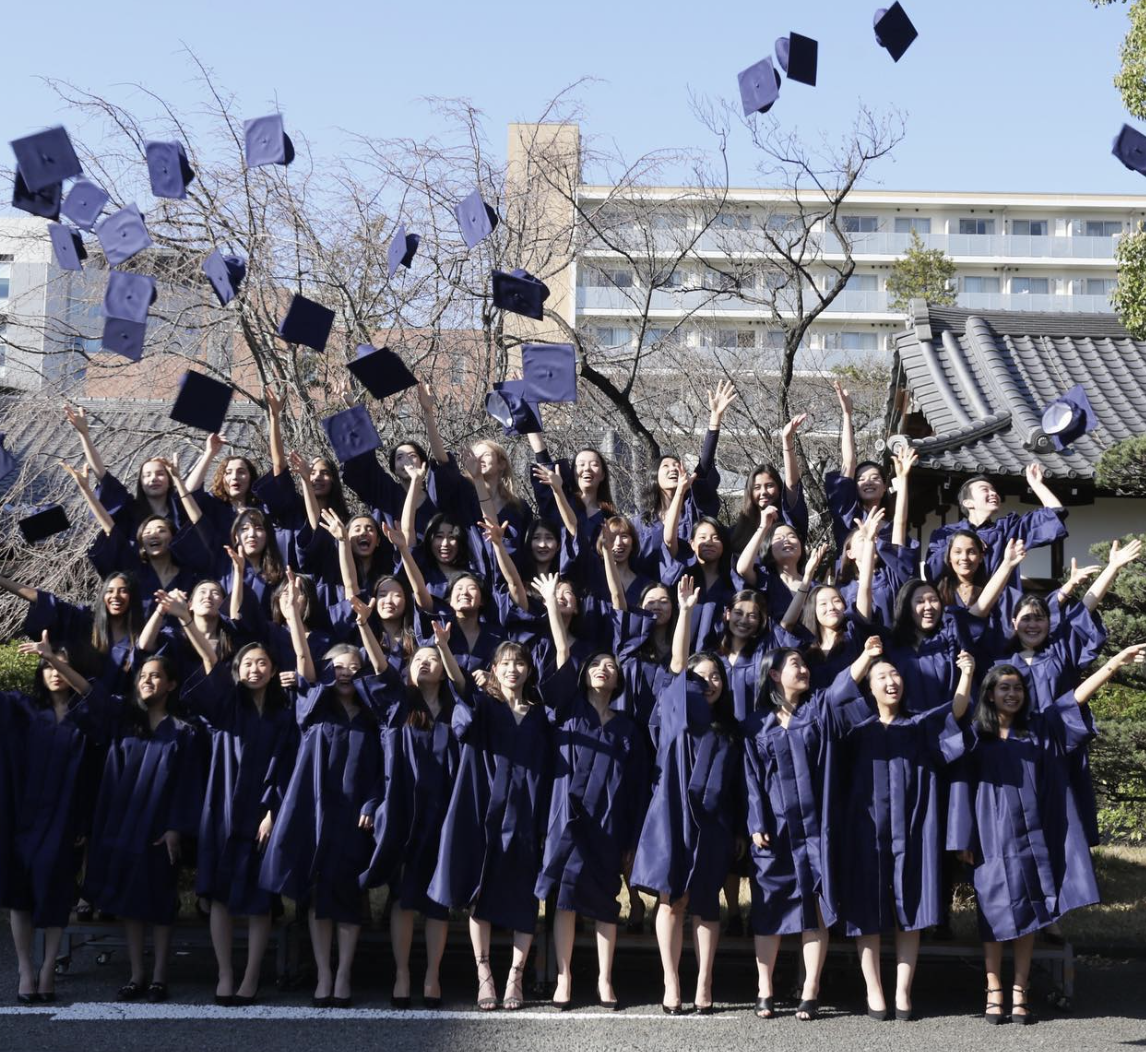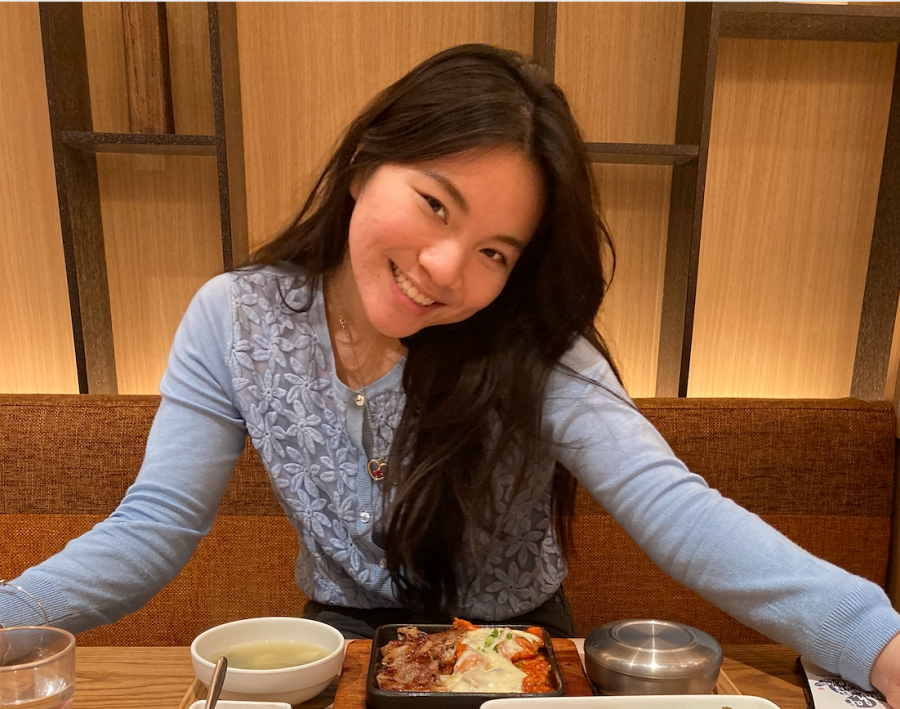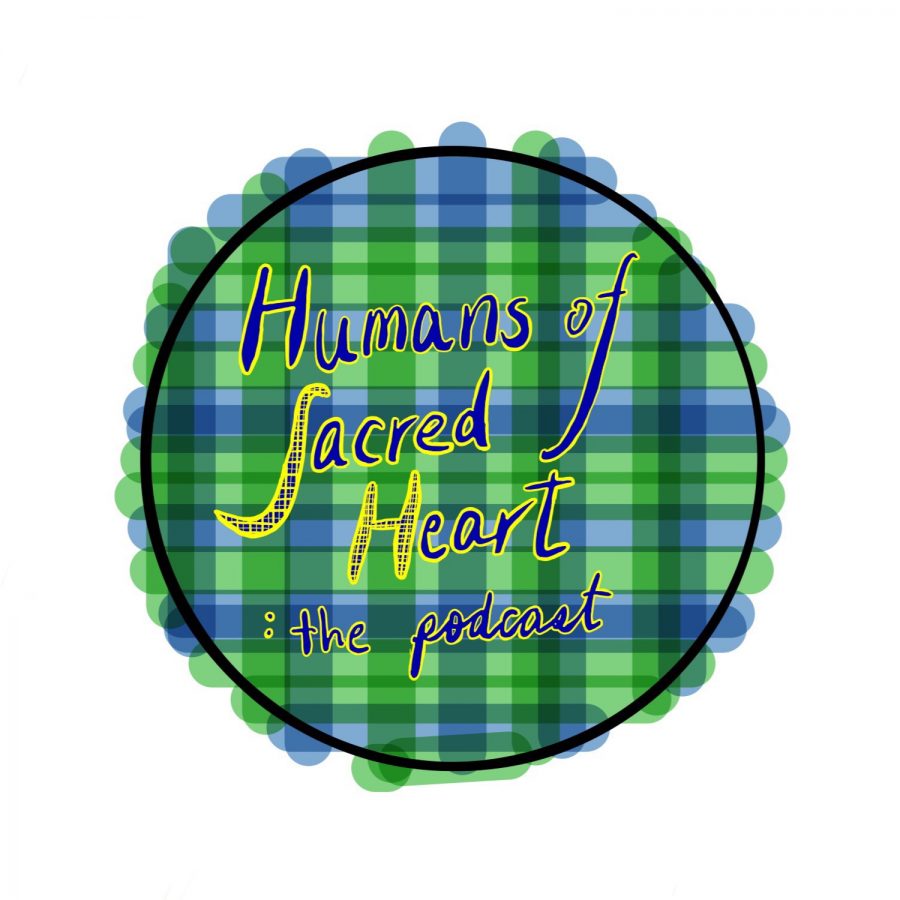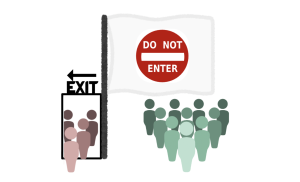Beneath the surface: mental illnesses in Japan
November 29, 2018
Mental illness is a taboo subject in Japanese society. But at the same time, themes of mental illness are apparent in anime, in ways that spread misconception to their audience. These themes exist in ways that support the continuation of discrimination and non-acceptance of mentally ill people in Japan, which is seen by how Japanese mental institutions are run and by how people treat those with mental illnesses.
Have you ever noticed how graphic and gory anime or manga can get? Probably. But have you ever noticed the implied meanings and gruesome messages of anime and manga?
One very famous Japanese animation is Spirited Away by Miyazaki Hayao. In essence, it is a coming-of-age story about a young girl named Chihiro, who is left to fend for herself in a strange world when she is separated from her parents. However, beneath the surface, Hayao’s film is quite a twisted tale.
An unsettling aspect of Spirited Away is the image of eating disorders. At the abandoned theme park Chihiro and her parents encounter, there is a feast. Nobody is there to stop them from indulging so Chihiro’s parents dig in. As a punishment for their gluttony, they turn into pigs. But, that isn’t the end of the depiction of eating disorders in this children’s movie. Later on, Chihiro takes control of her life by making the antagonist, No-Face, vomit everything it has consumed throughout the movie, which represents bulimics purging to “deal with anxiety and stress.”
While I’m sure that Miyazaki Hayao didn’t have the intention of presenting eating disorders in such a graphic way in his anime, he presented the movie to young children and individuals with heightened sensitivities to mental illnesses. Spirited Away may have had an impact on their self-image and consequently, their mental health.
It isn’t only Japanese entertainment that is problematic in how they handle mental illnesses. Just as anime and manga make people with mental illness seem hopeless, Japanese society takes in this false information and intensifies the negative stigma surrounding mental illnesses. This prohibits them from making meaningful strides towards a healthy, open society.
For years, mental institutions in Japan were a place where patients with “severe” mental illnesses were “treated” over a long period of time. In reality, most patients are not given the right treatment. And because hospitals are majorly understaffed, patients are kept heavily sedated, sometimes even restrained, even if they pose no harm to themselves or their surroundings. In an article published in 2017 by the Guardian, a man treated in a Japanese hospital was tied to a bed due to his illnesses, and consequently, passed away.
In addition, families hide their children with mental illnesses. They keep them confined in environments not suited for the mental health of children. In addition, treatment is so expensive that people with mental illnesses don’t seek help. Even worse, these troubled people feel that their only worth is the reimbursements their families receive from insurance when they commit suicide, according to New York Public Radio podcaster Brian Lehrer in his segment “30 issues if you needed mental healthcare in Japan.”
Having negative or distorted portrayals of mental illnesses in anime and manga is like watering a thriving plant: anime and manga intensifies the stigma and negativity around mental illnesses. It’s time that we acknowledge the impact of on-screen depictions of mental illnesses have on Japanese society because we cannot allow this to continue. Let’s look underneath the society of uniformity and recognize the problems that allow hostility towards mental illnesses to exist.


